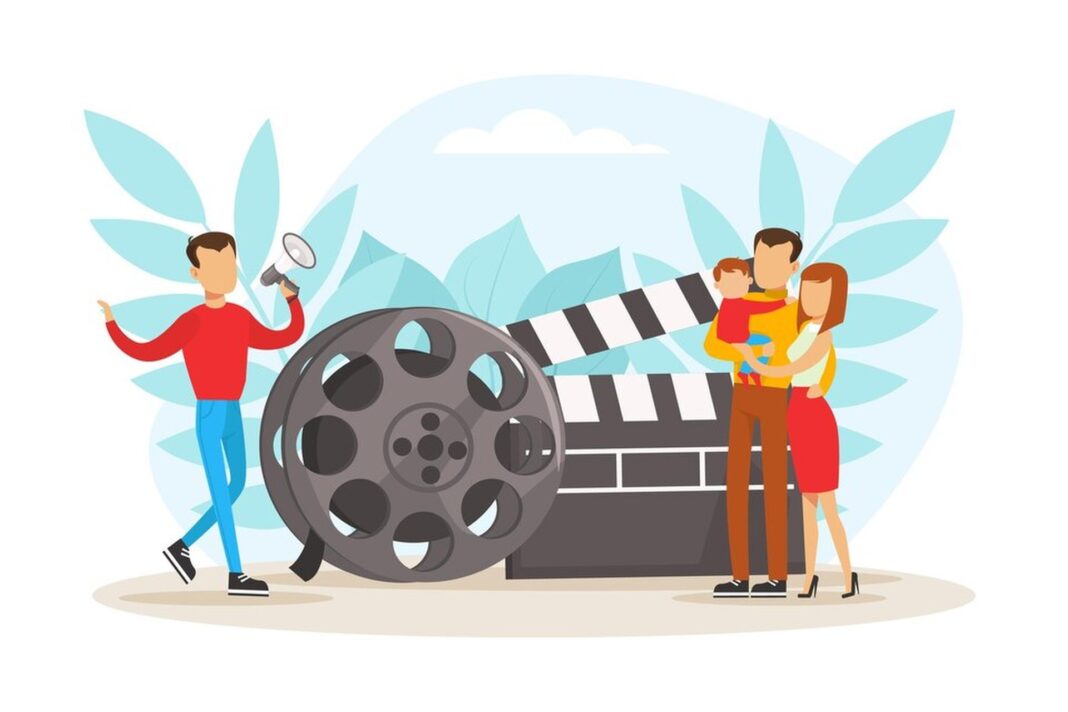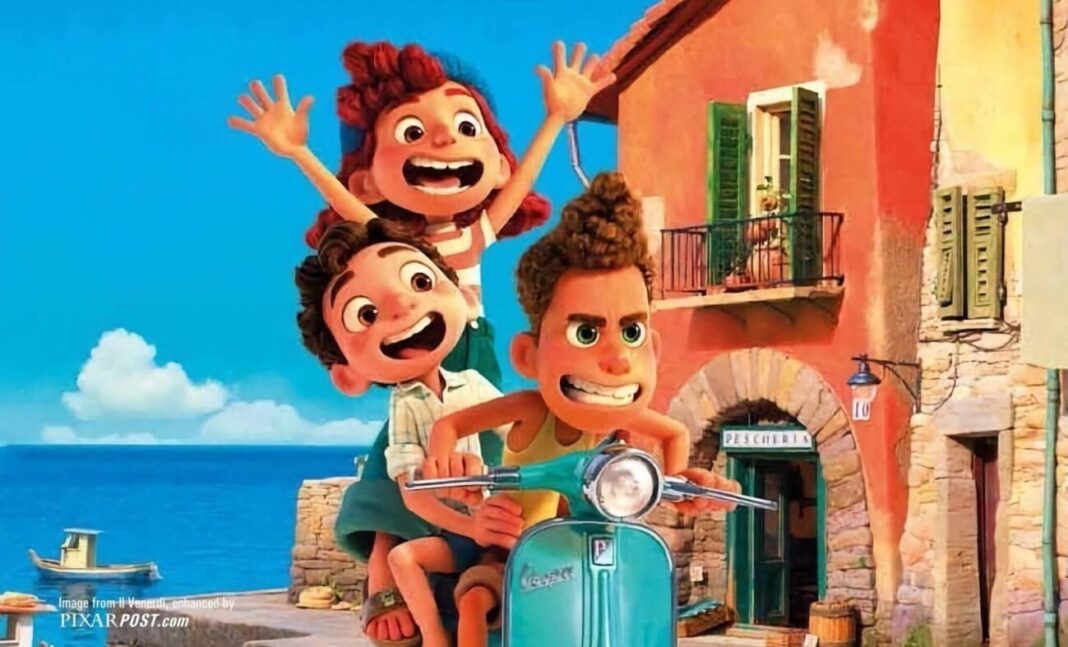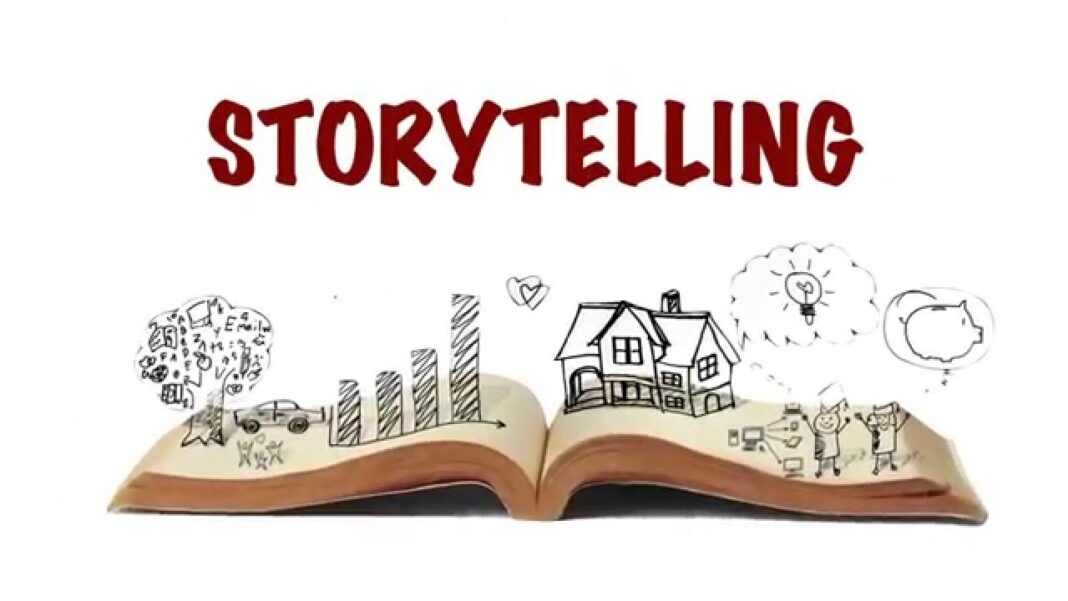Breaking Down Barriers: The Need For Diverse Narratives
Films must accommodate various storylines. These tales illuminate neglected events. They challenge preconceptions and provide fresh ideas. Variety in narrative enhances movies. Everyone benefits from many cultures and identities. Audiences learn more about complicated societal problems.
Stories that represent reality are relatable. This relationship promotes empathy and awareness. Diverse stories strengthen underprivileged groups. They recognize important obstacles and successes. Increased exposure boosts industry involvement. Everyone can share their tails when walls fall.
Representation goes beyond personal experiences. It shapes cultural discourse. Change and conversation may come from many narratives. Cinema reach grows with this crucial change. It attracts diverse audiences. Film can transform society. It challenges conventions and changes attitudes. So multiple narratives are crucial and necessary. They create a more accepting environment.
The Impact Of Representation On Audience Perception
Film representation impacts the audience’s self and perceptions. Self esteem rises when viewers recognize themselves in characters. This acknowledgement promotes belonging. The absence of representation may alienate. The audience may think their tales are worthless.
Multicultural characters inspire. People are inspired to follow their aspirations. Film visibility impacts real life. It affects preconceptions and social perceptions. Realistic portrayals eliminate myths. Characters evoke various emotions in the viewer. They like realistic fiction.
Missing or badly performed representation has detrimental effects. Audiences may see communities narrowly. This might cause prejudices and misconceptions. Thoughtful representation combats harmful stereotypes. It educates viewers about cultures. Films featuring different characters allow conversation.
People generally follow screen suggestions. An enduring influence on cultural standards. Filmmakers must correctly portray varied populations. Their commitment to diversity must include all voices. True stories educate and empathetically engage listeners.
Local Stories, Global Reach: Amplifying Underrepresented Voices
Local tales may reverberate globally. They express distinct cultures. However these stories frequently go unsung. The amplification of underrepresented voices changes movies. Hollywood gains authenticity. Global audiences want real authentic experiences.
Local stories strengthen bonds. They spark curiosity in unknown civilizations and societies. Each narrative illuminates different lifestyles. The details of everyday life are shown. Such tales get attention when festivals and prizes recognize them. Such exposure boosts local filmmaking financing.
Technology makes local tales simpler to communicate globally. Streaming platforms provide unmatched access. Anyone may now hear underrepresented voices. Successful films promote grassroots storytelling. Their impact ripples across the industry.
Understanding local tales broadens viewpoints. Viewers gain cultural awareness and sensitivity. Cinema becomes a respectful environment. Audiences realize their humanity. Local stories encourage cross border communication.
Editing production and narrative must be real. Filmmakers must involve locals. It makes their voices important to the story. Telling tales by the living may be powerful. These voices help the world when amplified.
From Stereotypes To Authenticity: A Shift In Storytelling
The film business has long battled prejudices. Many tales superficially represent civilizations and identities. This may mislead and encourage undesirable beliefs. More honesty is needed. Genuine storytelling enriches tales and understanding.
Multidimensional figures represent real life complexity. They showcase diversity and beauty. Authenticity comes from experience. Filmmakers must accurately portray communities. Respect for cultural subtleties builds audience trust.
Moving from stereotypes to authenticity strengthens voices. It promotes real life storytelling. Audiences like nuance. These tales provoke identification and belonging discussions. Their respect for other viewpoints enhances cultural diversity.
Filmmakers reconsider tactics due to authenticity demands. Community involvement enhances stories. Diverse stories change the industry. Diverse viewpoints inspire new stories.
Not being honest risks alienating viewers. People want to connect via tales. Authentic engagement entertains and educates. It crosses civilizations. When prejudices go, empathy rises. Truthful storytelling changes attitudes.
Diverse Directors: Changing The Lens Of Filmmaking
Diverse directors add new insights to filmmaking. Their tales reflect their individual experiences. Variety is essential for film industry equilibrium. Various filmmakers convey various tales which change the perspective.
These voices change filmmaking. Diverse filmmakers question established stories. New topics and narrative strategies result. They enrich films with cultural details. Many find art more relatable. This collaboration benefits from each director’s perspective.
Diverse leadership encourages future generations. Young filmmakers are represented. They’re inspired to create. This makes the industry more inclusive. Creativity grows when obstacles fall.
Filmmaking must develop to be relevant. Diverse directors revitalize projects. They challenge homogenized material with distinct perspectives. Variety enhances watching. This makes viewers more compassionate.
Films with diverse perspectives are more relatable. Stories that reflect their lives are desired. Diverse directors can tell interesting stories. The lens modification affects how society interprets movies. Authenticity drives cultural experiences.
Cultural Impact: How Film Shapes Society Views
The film may influence society. Reflects, reinforces and challenges cultural norms. Movies reflect periods‘ zeitgeist. Audiences absorb screen messages. Visuals may reinforce or change opinions.
Society turns to movies for awareness. It highlights important concerns. By showing injustices, films start important debates. Audiences learn about community issues. Sharing varied tales fosters empathy. This insight changes society.
Film culture interactions are bidirectional. Society impacts filmmaking and films influence society. This engagement impacts opinions on topics, trends and values. Multifaceted issues are better understood with many narratives.
The film may simplify culture and break down boundaries. Respect for other customs is promoted. Viewers may explore identity issues. When various views are highlighted, society benefits.
Films may teach. Actual stories may dispel myths. They disprove generational stereotypes. The cultural significance of movies extends beyond enjoyment. Identity and social change are shaped by it.
How Does Diversity In The Film Affect Viewers?
Film diversity dramatically affects viewership. Authenticity and relatability are desired. They relate to tales more when they see themselves. They feel proud and validated by this portrayal.
The lack of various tales causes alienation. Audiences may feel unrepresented. This may hinder engagement. But when filmmakers embrace variety, emotional resonance increases.
Different civilizations have endless tales. Highlighting these tales broadens views. It broadens listeners‘ perspectives. This challenges preconceptions and prejudices. Viewers gain empathy for various situations via unique storytelling.
Film inclusivity may affect society. Positive portrayal combats harmful stereotypes. Nuanced descriptions enhance understanding. This transition may change identity and belonging discussions in culture.
The emotional power of movies is undisputed. Connects audiences to complicated subjects. Various stories take viewers to various places. The feelings they evoke motivate change.
What Are The Benefits Of Inclusive Storytelling?
Cinema benefits from inclusive storytelling. It gives marginalized voices a voice. This increases audience empathy. Relatable stories recognize viewers. Stories on varied experiences may reach more people.
Inclusivity brings representation and motivates filmmakers. It lets varied voices tell stories. More artists sharing their thoughts changes the business. This generates new ideas and concepts.
Inclusive stories promote cultural understanding. They reveal other lives and experiences. Audiences learn about complicated social concerns. It starts off screen talks.
Improved representation affects cultural attitudes. Positive depictions dispel stereotypes. Voices are given to underrepresented groups. They share their tails to dispel myths.
Diverse stories enrich art. Variety captures and engages viewers. It improves cinematic narrative. Cinematic horizons increase with each inclusive story. Inclusive storytelling affects more than movies. Through compassion and understanding they enhance society.



